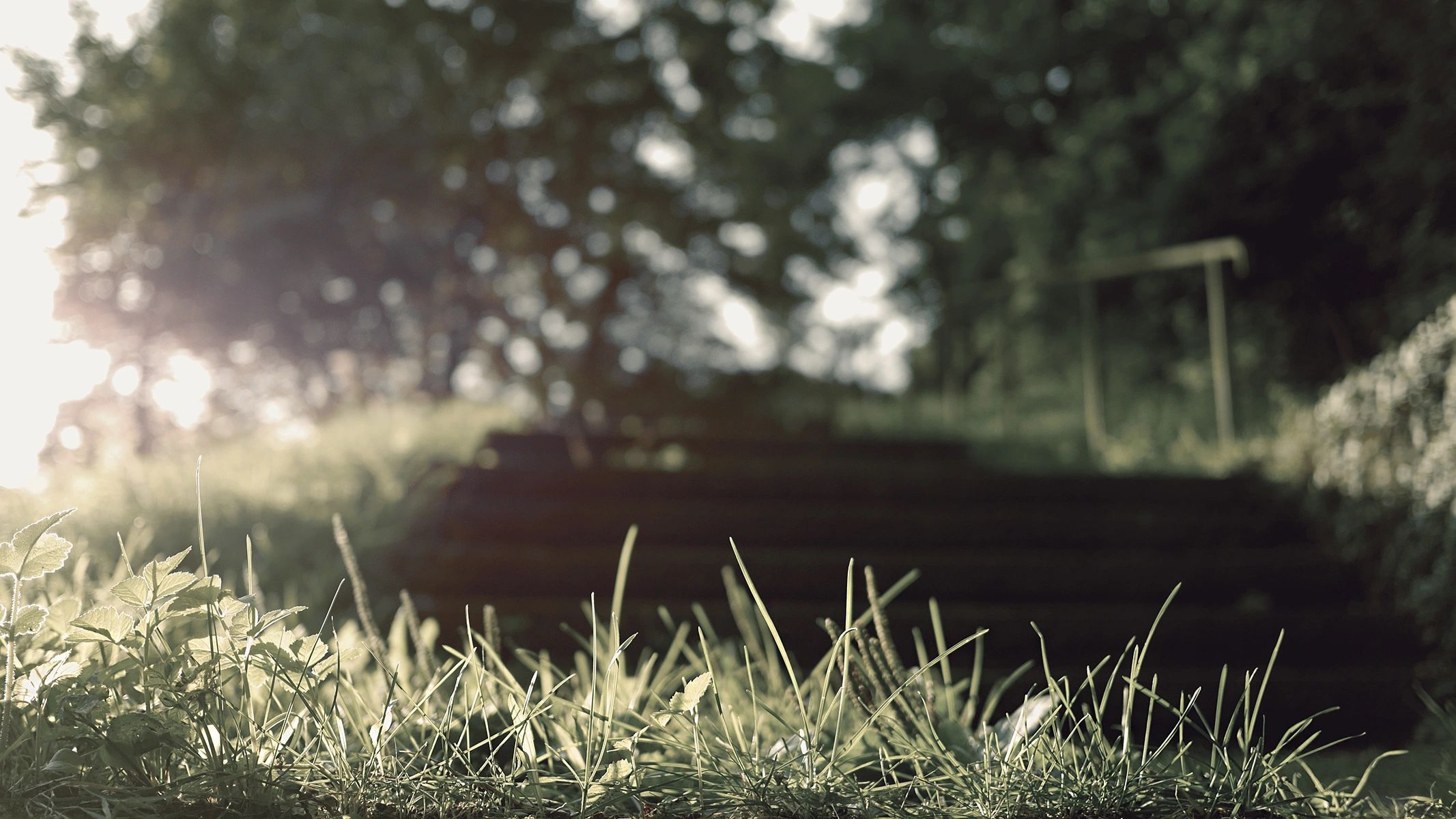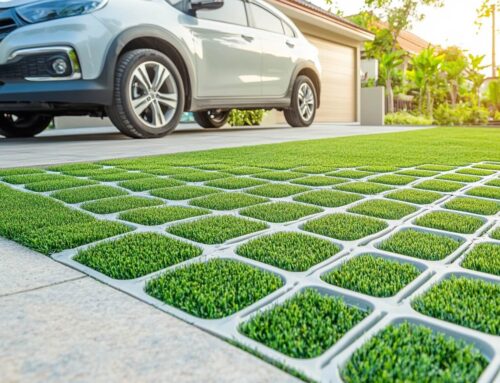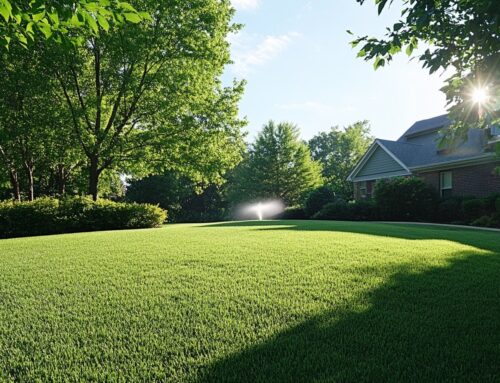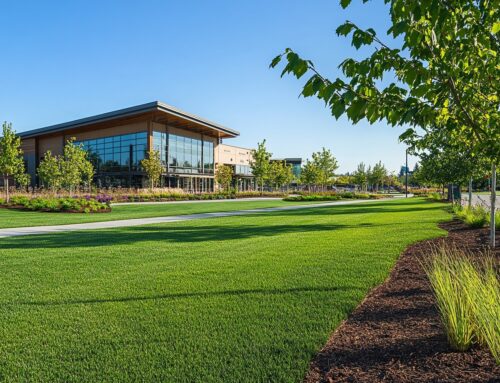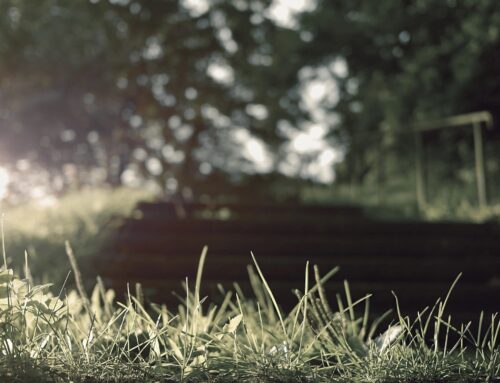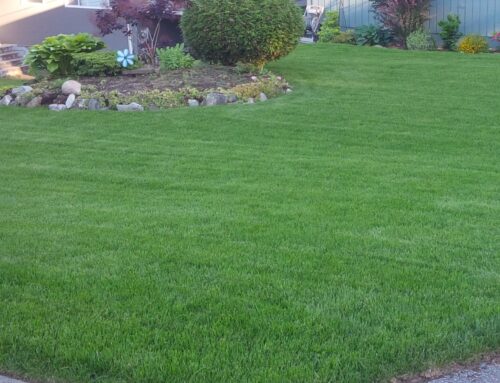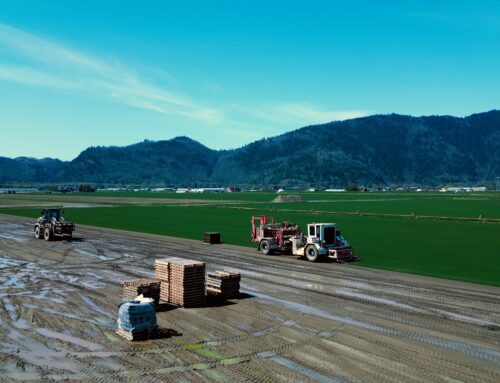Table of Contents
If your lawn is looking thin, patchy, or worn down, you might be considering reseeding to bring it back to life. And while it’s easy to pick up a bag of grass seed and try it yourself, the results aren’t always what you hope for. Lawn seeding is one of those tasks that looks simple—but getting it right takes more than just scattering seed and hoping for rain.
That’s where professional lawn seeding services come in. From selecting the right seed blend for your specific environment to prepping the soil for optimal growth, a professional approach can mean the difference between a struggling lawn and one that’s thick, green, and thriving.
In this post, we’ll break down the pros and cons of DIY vs. professional lawn seeding and explain why hiring a seeding expert can save you time, money, and a whole lot of frustration.
Why Lawn Seeding Matters
Whether you’re dealing with bare spots, thinning grass, or an aging lawn that’s lost its vigor, seeding is one of the most effective ways to restore its health and appearance. Unlike sod installation, which provides instant results but can be costly, lawn seeding is a more affordable way to gradually build a lush, resilient lawn over time.
Overseeding—spreading new seed over existing grass—can help fill in gaps, improve turf density, and crowd out weeds. It’s especially useful in high-traffic areas or after environmental stress like drought or winter damage. And when timed correctly (typically spring or early fall in British Columbia), seeding takes advantage of cooler temperatures and seasonal rainfall to support germination and early growth.
A healthy, well-seeded lawn doesn’t just look better—it’s also better equipped to resist pests, disease, and erosion. But the success of any seeding project depends on doing it right, starting with the basics: choosing the right seed and preparing the ground properly.
The DIY Approach – Pros and Cons
Many homeowners consider seeding their lawn a weekend project—grab a bag of seed, rake the yard, sprinkle it around, and wait. While this approach can work in some cases, it often leads to uneven results, wasted time, and disappointing growth.
DIY Seeding: The Upside
Lower Upfront Costs: You’ll save on labor by doing it yourself.
Convenience: Work on your own schedule without needing to coordinate with a contractor.
Satisfaction: There’s something rewarding about taking care of your lawn with your own two hands.
DIY Seeding: The Downside
Wrong Seed Choice: Without a soil test or local turf knowledge, you may choose a seed blend that’s not ideal for your yard’s light, soil, or drainage conditions.
Inadequate Site Preparation: Many DIYers skip important prep steps like dethatching, aerating, or testing pH levels. These oversights can seriously impact germination and long-term success.
Inconsistent Watering: New grass requires a strict watering schedule. Too little or too much can kill off young seedlings before they take root.
No Soil Amendments: Skipping soil testing and fertilization often means the grass is trying to grow in poor or imbalanced soil, leading to weak turf and patchy results.
For small patches or casual maintenance, a DIY approach might be enough. But for full-lawn restoration or high-traffic yards, it’s often worth bringing in professionals to ensure lasting success.
What You Get With Professional Lawn Seeding
Hiring a professional lawn seeding service means more than just outsourcing the physical work—it means tapping into expertise that can make or break your lawn’s success. From the very first step, professionals bring a deeper understanding of soil science, turf varieties, and the growing conditions unique to your property.
1. Custom Seed Blend Selection
Not all grass seed is created equal. A professional will evaluate your site—sun exposure, drainage, foot traffic, and regional climate—to choose a high-performance seed mix that’s tailored to your lawn’s needs. That means stronger, healthier grass that’s more likely to thrive long-term.
2. Proper Site Preparation
Professionals start with a clean slate. They’ll remove old turf, weeds, and thatch to ensure the new seed has direct contact with the soil. They may also aerate the lawn, grade uneven areas, and check drainage—all of which help seeds establish faster and more evenly.
3. Soil Testing and Amendments
One of the biggest advantages of working with pros is soil testing. By checking pH levels and nutrient content, they can amend your soil with lime, compost, or fertilizer to create the ideal growing environment. This foundational step is often skipped in DIY jobs but has a huge impact on success.
4. Precision Seeding Techniques
Using commercial-grade spreaders, slit seeders, or hydroseeding equipment, professionals ensure even coverage and optimal seed-to-soil contact. They also know when and how to apply a starter fertilizer, mulch cover, or compost topdressing to protect and nourish new seedlings.
5. Post-Seeding Guidance
After seeding, you’ll get expert recommendations for watering, mowing, and follow-up care. This helps avoid common mistakes that can sabotage new grass, such as overwatering or cutting too soon.
Long-Term Results – DIY vs. Professional
The true test of any seeding job isn’t just how the lawn looks a week after planting—it’s how well it holds up over months and seasons. And that’s where the difference between DIY and professional lawn seeding really shows.
DIY Results: A Mixed Bag
Even with careful effort, DIY lawn seeding can produce uneven results. Inconsistent watering, poor soil prep, or the wrong seed blend can lead to patchy growth, bare spots, and a lawn that never quite fills in. Often, homeowners end up reseeding the same areas year after year, spending more time and money than expected.
Professional Results: Healthier Lawn, Faster
A professionally seeded lawn typically establishes more quickly, grows in thicker, and stays greener longer. With tailored seed selection, soil amendments, and proper installation, new grass develops stronger root systems and better resistance to weeds, pests, and disease. Plus, professional care reduces the risk of failure—meaning fewer re-dos and a more consistent, polished look.
When Should You Choose Professional Seeding?
While a DIY approach might work for minor touch-ups, there are certain situations where calling in the pros just makes sense. Professional lawn seeding isn’t overkill—it’s the smart choice when you want reliable results and long-term value.
Here are a few signs it’s time to bring in a seeding expert:
1. You’re Starting From Scratch
If you’ve removed an old lawn, built a new home, or are installing turf in a previously unused area, professional seeding ensures the foundation is set right the first time—with the correct soil prep, drainage grading, and seed selection.
2. Your Lawn Is Severely Damaged
Whether it’s due to pet activity, drought, pests, or heavy foot traffic, a worn-out lawn needs more than just seed. Professionals can diagnose what went wrong and implement a full recovery plan—including soil correction and proper reseeding.
3. You’ve Tried DIY—and It Didn’t Work
If you’ve already put in the effort and your lawn still isn’t thriving, it may be time for a reset. Pros can assess the underlying issues and offer a more strategic, results-driven approach.
4. You Want It Done Right and Done Fast
A professional crew can complete seeding jobs quickly and efficiently, with the equipment and experience to avoid trial-and-error delays. And with expert aftercare guidance, your lawn will stay on track without the guesswork.
Why Professional Lawn Seeding Pays Off
Seeding your lawn might seem like a simple weekend project, but getting great results takes more than just good intentions. From selecting the right seed mix to preparing the soil and following up with proper care, every step matters.
While DIY can work for minor fixes, professional lawn seeding gives your grass the best possible start. With expert assessments, precise installation, and tailored care plans, you’ll see faster growth, better coverage, and a healthier lawn that lasts.

